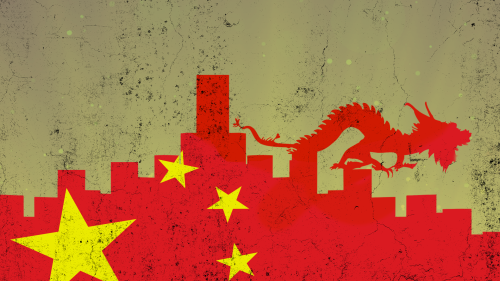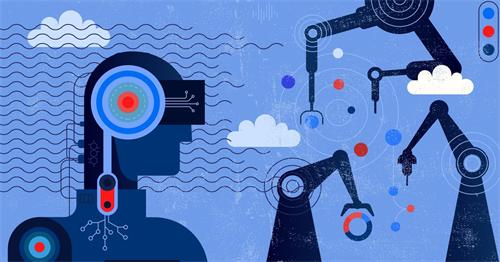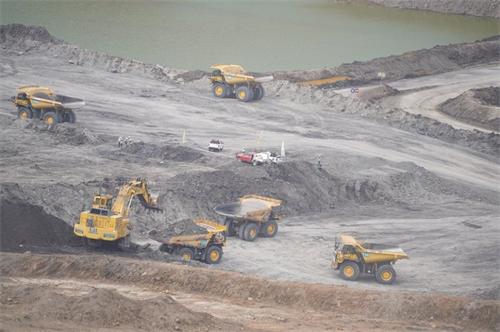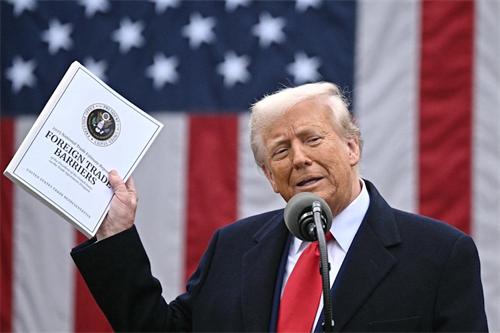China’s $17.7T GDP Revision: Hidden Strengths in Structural Reform

In 2011, Boston Consulting Group (BCG) released a research report in Beijing titled “The $10 Trillion Prize,” putting forward an ambitious prediction: by 2030, China's GDP would increase by $10 trillion to reach $17.7 trillion. At the time, the forecast seemed daunting, even bold—after all, China’s GDP had just surpassed $6 trillion in 2010. Achieving such massive growth in less than two decades would undoubtedly require extraordinary policy vision and institutional resilience.
Yet reality has proven even more dramatic than the forecast. By 2021, China’s GDP had already reached $17.73 trillion based on the average annual exchange rate—nine years ahead of schedule. In 2021 alone, the economy grew by 8.1%, adding over $3 trillion to total output and marking a year-on-year increase of 20.4%. This was no accident—it was the cumulative result of deep-rooted structural reforms.
Structural Reform: A Strategic Shift from “Quantity” to “Quality”
Over the past four decades, “speed” defined China’s rapid economic rise. But under the new normal, “quality” has become the dominant theme. This transformation—from expansion in quantity to improvement in quality—is not a simple mathematical exercise, but a profound, multi-dimensional overhaul.
Reforming State-Owned Enterprises (SOEs)
SOEs are often seen as the backbone of China’s economy and thus a core focus of structural reform. Imagine SOEs as the big corporations within a family-run business. Reforming them is akin to strengthening the flagship company to make the entire household—i.e., the national economy—healthier and more dynamic.
Mixed-ownership reforms introduced market mechanisms, boosting efficiency and innovation. Capacity reduction cut down on redundant or ineffective projects, allowing resources to be better allocated. Deleveraging reduced debt risks, promoting healthier operations. In short, the old logic of “scale first” is giving way to priorities of “efficiency” and “sustainability.”
Financial System Optimization
During its rapid expansion, China’s financial system accumulated considerable risk, particularly in the shadow banking sector. Reforms have cracked down on these risks by reducing speculative arbitrage, bringing off-balance-sheet products back on the books, and tightening regulatory oversight—all to redirect capital from speculative activity to the real economy.
Simultaneously, gradual capital market liberalization has enhanced financial resource allocation. High-quality firms now raise funds through innovative platforms like the STAR Market, attracting long-term capital and injecting vigor into market competition. This, in turn, supports technological advancement.
Digital Economy and Technological Innovation
If 20th-century China's growth relied on labor-intensive manufacturing, the 21st century is seeing a shift toward a new form of productivity powered by digital transformation and innovation.
From the widespread adoption of mobile payments and digital government services to explosive growth in 5G, AI, and electric vehicles, China is transitioning from a technology follower to a technology leader. For example, China has become the world’s largest producer and consumer of new energy vehicles. Huawei’s breakthroughs in telecommunications, AI processing power, and chip design reflect the country’s “hardcore” tech capabilities.
Urbanization and Hukou Reform
Many still view China's growth through the lens of a “population dividend,” assuming that more people equate to more economic advantage. But China’s edge has never just been about quantity—it’s about the quality and usability of its people.
Urbanization and hukou (household registration) reform have allowed skilled workers and industrial labor to flow into major cities, unlocking vast productivity and consumption potential. Lower barriers to residency, expanded high-speed rail networks, and better urban infrastructure have made labor mobility easier, expanded employment opportunities, and offered smaller cities a chance for a second wave of growth.
This “rebalancing” isn’t just urban sprawl—it’s a dynamic, dual-win transformation for both urban and rural regions. Cities gain fresh talent; rural incomes and employment improve, helping to bridge the urban-rural divide.
From “World’s Factory” to Dual Circulation
Since joining the WTO in 2001, China integrated rapidly into global value chains, earning the title of “the world’s factory.” However, its growth engine is now shifting from export-oriented development to a “dual circulation” model focused on domestic demand.
During the pandemic, despite global uncertainty, China led in recovery and saw its exports rebound. In 2023, exports reached 43.8 trillion yuan (approx. $6 trillion), up 5% year-on-year. Net exports contributed 1.1 percentage points to GDP growth—proof that external strength remains. Yet domestic consumption and investment are increasingly becoming the pillars of economic expansion.
At the same time, the Belt and Road Initiative has expanded China’s cooperation with emerging markets, reducing dependence on developed countries. The increasing use of the yuan in cross-border transactions is also challenging the dollar’s hegemony.
Institutional Dividends: The Deep Value of Reform
To be sure, China still faces a host of challenges—such as real estate market adjustments, youth unemployment, and tech supply chain bottlenecks. But it is precisely these short-term headwinds that highlight the long-term value of institutional reform.
China has chosen a path of “treating the illness before sprinting.” While some nations rely on quantitative easing or zero interest rates—economic “steroids,” so to speak—China has leaned on reform to build internal strength. This approach may not deliver instant results like printing money does, but it creates a more stable and enduring foundation for growth.
Just as young people can’t stay healthy by pulling all-nighters indefinitely, sustainable development demands a healthy system—not artificial boosts.
Looking back over the past decade, China has not only achieved a major leap in economic size but has also completed a deep structural transformation and fundamentally shifted its growth model. Beneath the surface lies a series of seemingly dull yet profoundly consequential institutional reforms that have quietly reshaped the economic landscape.
BCG’s “$10 Trillion Prize” has been exceeded ahead of schedule. But the real challenge now lies ahead: how can China continue to advance steadily in an increasingly complex and volatile global environment?
That is the central question for the next phase of China’s economic journey.



